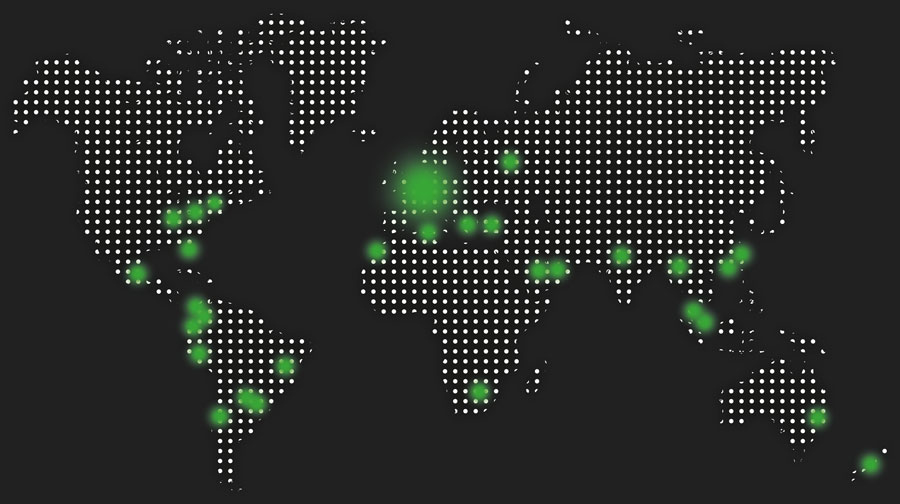
Overseas sales: Choosing the right payment method!
With growth prospects in Europe forecast to be disappointing, expansion towards promising and distant geographical areas has become a priority for many managers including those working in the middle market segment.
Countries such as India, Brazil, Turkey, Russia and South Africa, may attract exporters but are not impervious to economic and political turmoil. With significant commercial and technical investments needed to penetrate these news markets, particular care to trade negotiations and choice of payment methods is vital.
Below we take a detailed look at the three types of payment options most frequently used.
SWIFT transfer
This is a transfer of funds, in local or foreign currency, from one account to another by a bank following a payment order from an importer at an agreed date as set out in the commercial contract.
Advantages: easy, inexpensive, secure payment method due to sophisticated interbank monitoring procedures.
Disadvantages: No payment guarantee, no exchange rate protection, no control over payment deadlines.
Standby letter of credit:
A legally binding commitment by a bank to pay the beneficiary (exporter) should the payer (importer) default.
The exporter forwards the required documents to the client who is then responsible for making the payments according to the negotiated terms. This Standby letter of credit (which is not intended to be called upon), can cover successive exports but is limited in the amount and duration. It can be irrevocable and confirmed.
Advantages: Versatile when dealing with a steady flow of business and regular customers; cheaper than a documentary draft.
Disadvantages: Its implementation and amount are dependent on the buyer’s rating and the country risk.
Documentary draft:
This is a process whereby the importer’s bank undertakes to pay the cost of the transaction (via an advising bank) upon presentation of specific documents confirming the value of the goods and their shipping status. The banks involved have 5 days to review the documents and check that they comply.
The documentary draft may be notified in which case only the commercial risk is covered.
If the draft is confirmed, the advising bank agrees to pay the beneficiary even if the issuing bank or country defaults (political risk cover).
Although there is no set list of documents to be provided it is advisable to keep copies of invoices, transport documents (bill of lading or waybills), certificates of origin, a quality and quantity survey established by an independent company, insurance certificates for the goods transported as stated by the chosen Incoterm.
Advantage: provides the security of a bank’s commitment where there is a possible political risks.
Disadvantages: highly technical, therefore financially uninteresting especially when there is a steady stream of business, difficult to find a balance between risk and cost ratio.
The choice of payment method depends on being able to assess and monitor a customer’s creditworthiness as well as the country in which he operates. Distance and availability of information are additional complications which can often make the whole process look like an obstacle race.
While granting trust and credit to one’s business partner is necessary in order to achieve commercial success, in a competitive and cutthroat environment, credit insurance could be the best way to safely boost overseas export growth!

